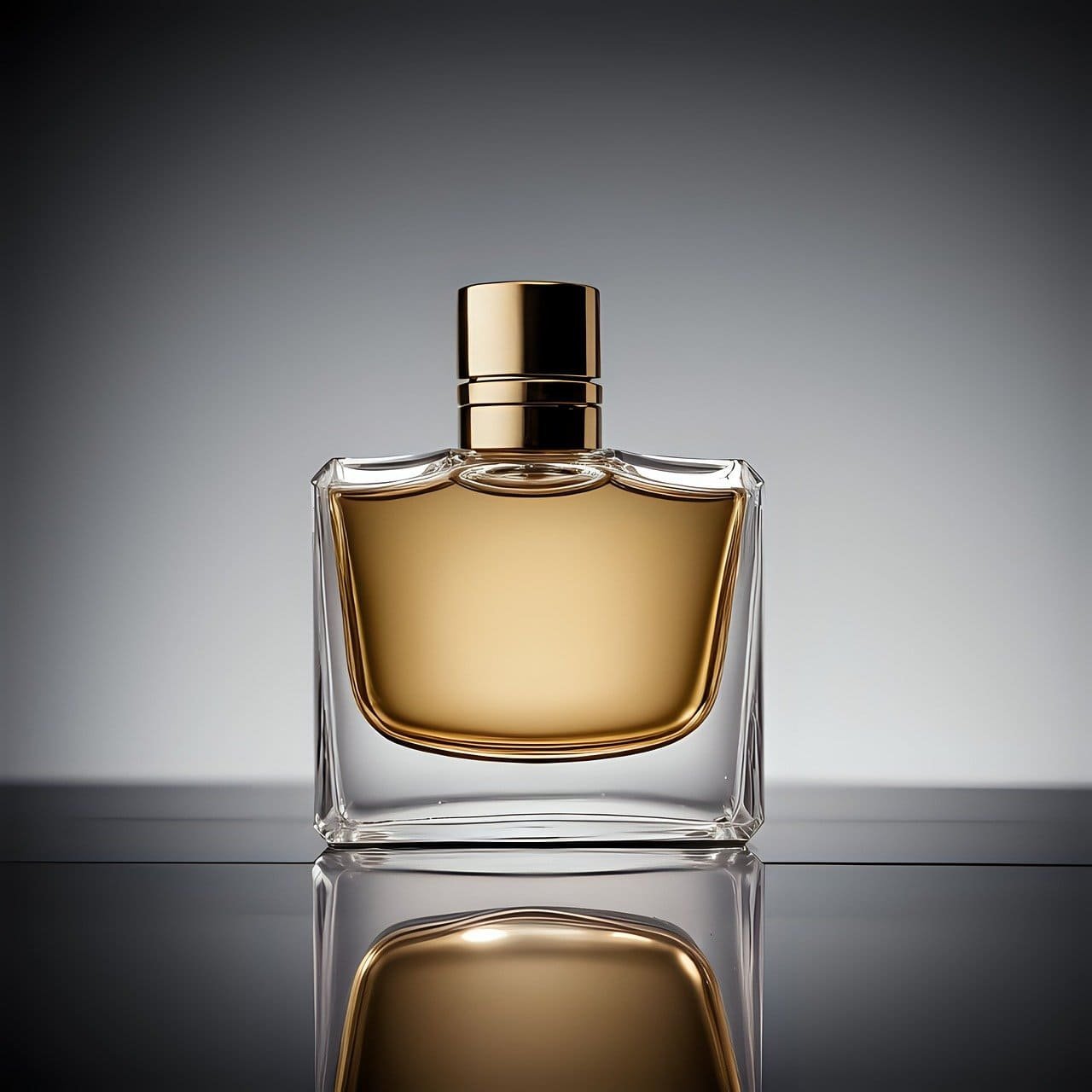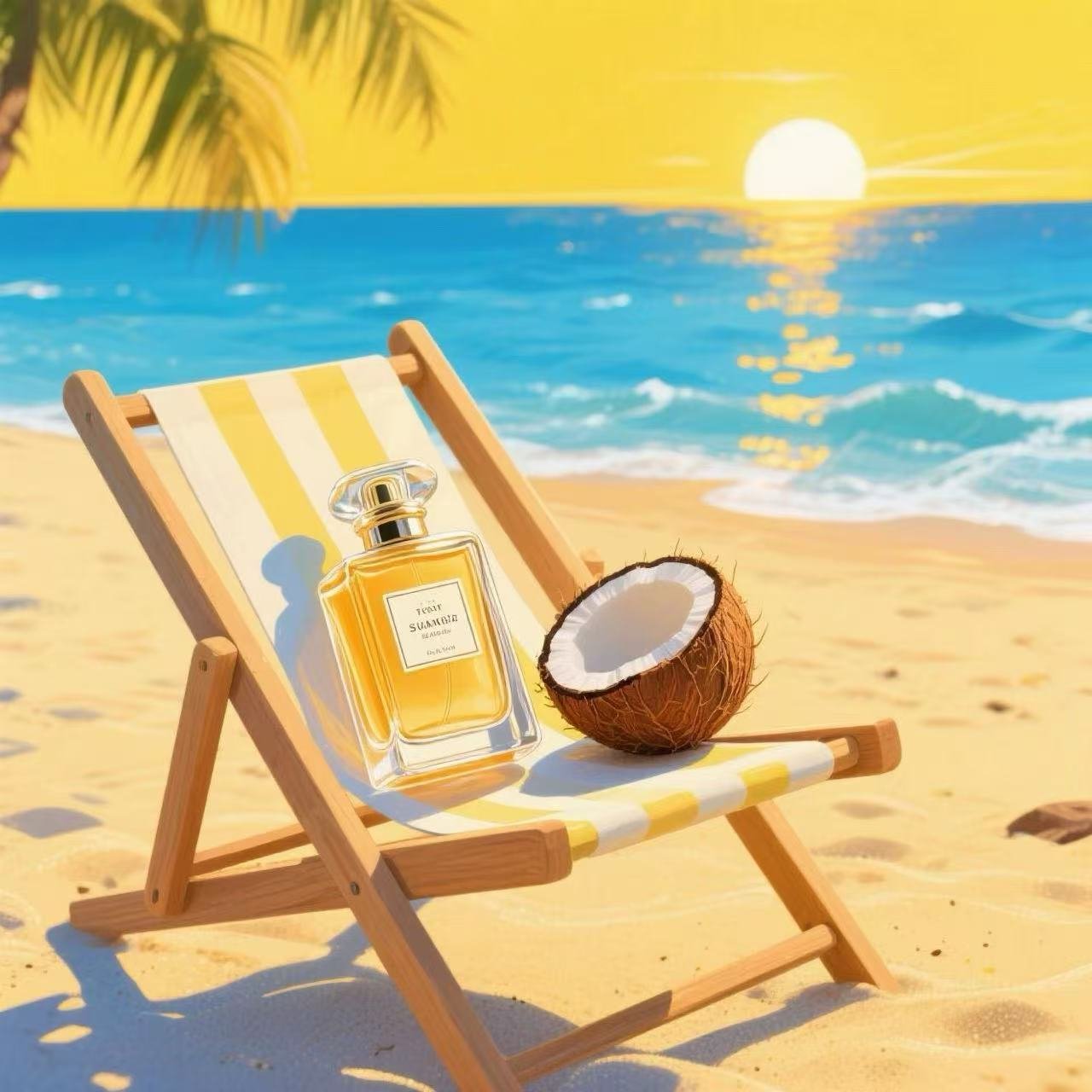In the luxury fragrance industry, perfume bottles are often priced as high as the fragrance itself. The intricate process of creating these bottles plays a significant role in their cost. One of the key factors that makes perfume bottles expensive is the complex glass manufacturing process, which involves advanced techniques like fire polishing. This process, along with other specialized methods, ensures that each bottle is both a functional vessel and a piece of art.
Perfume bottles are expensive because their manufacturing involves detailed craftsmanship, high-quality materials, and specialized techniques like fire polishing, mold blowing, and hand-finishing. Each bottle undergoes a meticulous process that enhances its durability, clarity, and luxurious appearance, making it a vital component of the fragrance experience.
Now, let’s explore how these glass perfume bottles are made and why these processes make them so valuable.
The Glass Perfume Bottle Manufacturing Process
The creation of glass perfume bottles requires multiple stages, each executed with precision to achieve the desired aesthetic and functionality. These bottles must not only be visually appealing but also durable enough to protect the delicate fragrance inside.
1. Raw Material Selection
The process begins with the selection of high-quality raw materials, primarily silica (sand), soda ash, and limestone. These materials are mixed and heated in a furnace at temperatures exceeding 1,700°C (3,092°F) to form molten glass. The quality of the raw materials directly influences the clarity, strength, and overall finish of the perfume bottle.
2. Mold Blowing
Once the molten glass is prepared, it is shaped using molds. The mold-blowing process involves inflating molten glass into a mold to form the basic shape of the bottle. Each mold is custom-made to match the specific design of the perfume bottle, ensuring uniqueness in every production.
3. Fire Polishing
Fire polishing is a critical step that gives glass perfume bottles their smooth and glossy finish. After the bottle is shaped, it is exposed to a high-temperature flame to melt the outermost layer of the glass slightly. This process removes any imperfections, sharp edges, or rough surfaces, leaving the bottle with a flawless, mirror-like sheen. Fire polishing not only enhances the aesthetic appeal but also increases the strength of the glass, making it more resistant to scratches and cracks.

perfume bottle fire polishing
4. Annealing
Once the glass bottle has been polished, it undergoes an annealing process. This involves slowly cooling the bottle in a controlled environment to relieve internal stresses that may have developed during the molding and fire polishing phases. Annealing ensures that the bottle is structurally sound and less prone to breakage or warping over time.
5. Hand Finishing and Detailing
For many high-end perfume bottles, hand finishing and detailing are essential components of the production process. Skilled artisans may add intricate designs, engravings, or embossing to the bottles, enhancing their luxurious appearance. Hand-finishing techniques can include the application of metallic accents, like gold leaf, or the addition of fine crystal embellishments.
6. Coloring and Decoration
Coloring is another aspect that adds to the cost and allure of perfume bottles. Some glass bottles are tinted using metallic oxides during the molten phase, while others are painted or coated after molding. Designers may also use techniques such as frosting, etching, or adding decorative labels to make the bottles stand out on the shelves.
7. Quality Control
The final step in the manufacturing process is strict quality control. Each bottle is inspected for defects such as bubbles, cracks, or uneven surfaces. Only those bottles that meet the highest standards of clarity, strength, and design are approved for packaging.
Importance of Fire Polishing in Perfume Bottles
Fire polishing is one of the most vital steps in the production process for luxury perfume bottles. This technique enhances the glass’s optical properties, giving it a high level of transparency and shine. It also seals the surface of the glass, making it more resistant to environmental factors like dust and moisture. For perfume companies, this technique not only increases the bottle’s appeal but also extends its longevity, ensuring that the fragrance is preserved for longer periods.

The Balance Between Art and Functionality
The perfume bottle is more than just a container for fragrance. It is a blend of art and functionality, with each step in its production contributing to both its visual allure and its practical purpose. From the initial mold-blowing to the delicate fire polishing, the process is designed to create a bottle that is as luxurious as the scent it holds.
The manufacturing process of glass perfume bottles is a combination of traditional craftsmanship and modern technology. Techniques like fire polishing play a crucial role in creating the smooth, glossy finishes that make perfume bottles so desirable. Each bottle is the result of meticulous attention to detail, from raw material selection to hand-finishing. For glass bottle wholesalers and perfume companies, understanding the intricacies of this process is key to appreciating why these bottles carry such a high price tag.







